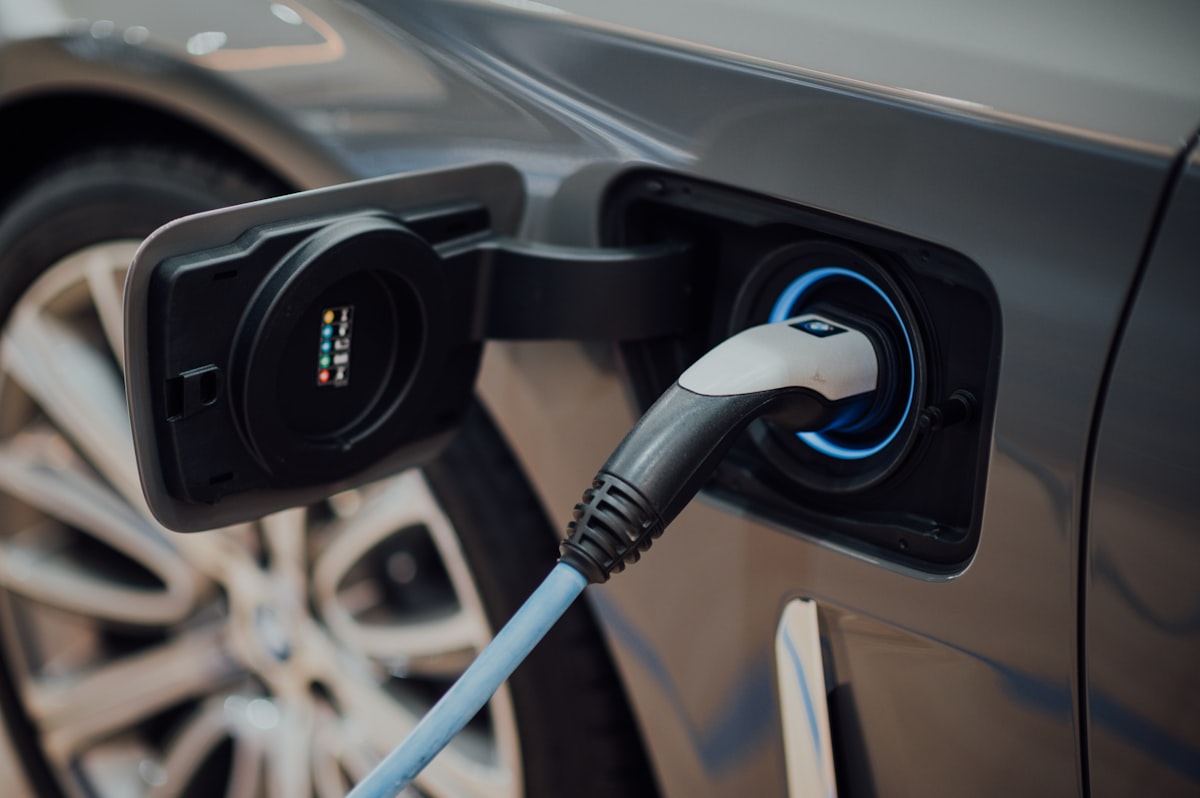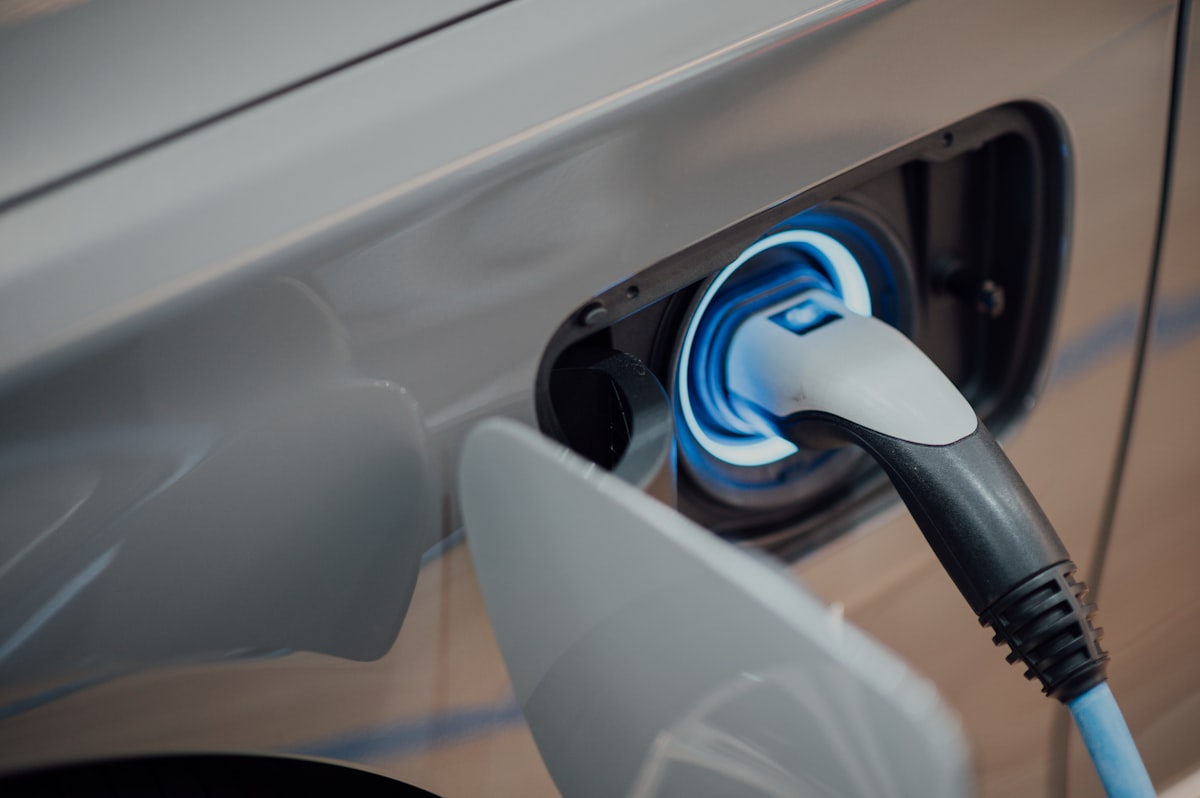How to Troubleshoot Common Home EV Charger Issues
How to Troubleshoot Common Home EV Charger Issues
Home EV chargers are growing in popularity as more people opt for electric vehicles. While these devices are generally reliable, issues can still arise. Here’s a guide to troubleshoot common problems effectively.
No Power to the Charger
Sometimes, your charger might not turn on at all. Start by checking the power supply. Ensure the outlet is working by plugging in another device. Inspect the circuit breaker to see if it has tripped. Reset it if needed. Examine the power cord for visible damage.

Charger Not Connecting to the Vehicle
A common issue is when the charger won’t connect or stay connected to your vehicle. Clean both the charger connector and the vehicle’s port. Dirt and debris can obstruct the connection. Ensure the vehicle is properly aligned with the charger. Inspect the charger cable for any visible damage.
Slow Charging Speed
If your vehicle is charging slower than usual, check the settings on your charger. Some models have adjustable amperage settings. Verify that you are not using a lower setting than required. Ensure the outlet is delivering full power. Electrical issues within the home can impact charging efficiency. Additionally, avoid using long extension cords, as they can reduce power supply.
Charger Overheating
Overheating is another issue that can affect EV chargers. Make sure your charger is installed in a well-ventilated area. Avoid exposing it to direct sunlight. In some cases, overheating can be a sign of higher electrical loads. Check other high-power devices running simultaneously. Use a dedicated circuit to avoid overloading.
Intermittent Charging
Intermittent charging can be frustrating. Inspect the charger cable for wear and tear. Sometimes, a loose connection in the cable can cause intermittent power. Ensure the connector is firmly plugged into your vehicle. Update your vehicle’s firmware if there’s a known issue regarding charging.
Charger Display Issues
Modern EV chargers come with displays to show charging status. If the display is not showing any information, check for power supply to the charger. Reset the charger by turning it off and on again. Refer to the user manual for any specific reset procedures for your model. Ensure the display screen is not damaged.
Compatibility Issues
Sometimes, newer vehicles may not be fully compatible with older chargers. Verify that your charger is compatible with your vehicle model. Check for software updates for both the charger and the vehicle. Some chargers require firmware updates to support new vehicle models.
Charging Stuck at a Specific Percentage
It’s not uncommon for charging to get stuck at a specific percentage. Check for error messages on the charger display or vehicle dashboard. Possible causes could be battery conditioning or thermal management processes in the vehicle. In such cases, patience is key. Allow some time to see if charging resumes. If the problem persists, consult the user manual or contact support.
Unusual Noise During Charging
Hearing an unexpected noise from your charger might be alarming. Fans inside chargers can make noise, especially if they are cooling down components. If the noise is new or unusually loud, inspect the charger for dust or debris. Sometimes, a simple cleaning can resolve noise issues. If the noise persists, it might indicate a mechanical issue requiring professional help.
Monitoring Software Not Syncing
Many modern chargers come with companion apps or software for monitoring. If your software is not syncing, check your internet connection. Ensure both the charger and your monitoring device are connected to the same network. Restarting the software or app can sometimes resolve syncing issues. Verify that you are using the latest version of the software.

Faulty LED Indicators
LED indicators on the charger provide quick status updates. If LEDs are not functioning correctly, first check for power issues. Some chargers have diagnostic modes to test LEDs. Refer to your user manual for guidance on running diagnostics. Faulty LEDs might not affect charging but can make troubleshooting harder.
Always refer to your user manual, as each EV charger model can have specific troubleshooting steps. If issues persist, consulting a professional or contacting customer support is advisable. Regular maintenance and staying informed about updates can prevent many common issues.
Recommended EV Accessories
NOCO GENIUS10 Smart Charger – $79.95
Advanced battery maintainer and charger.
EV Charging Station Guide
Navigate the EV charging landscape.
As an Amazon Associate, we earn from qualifying purchases.




Subscribe for Updates
Get the latest articles delivered to your inbox.
We respect your privacy. Unsubscribe anytime.